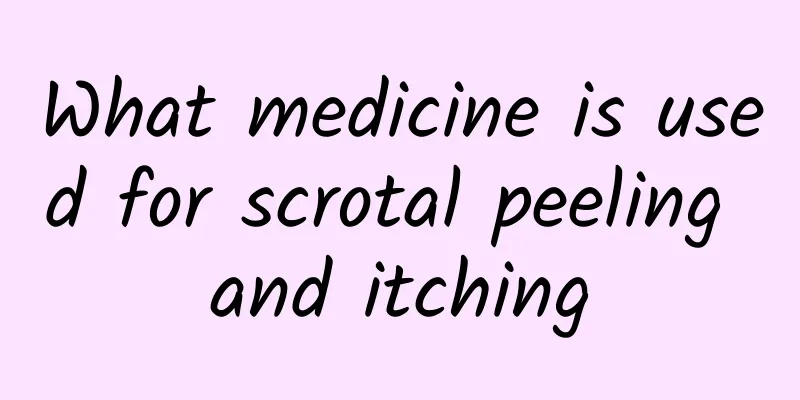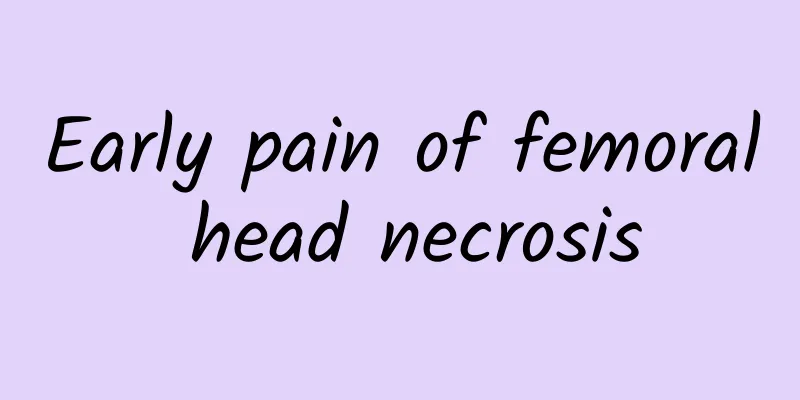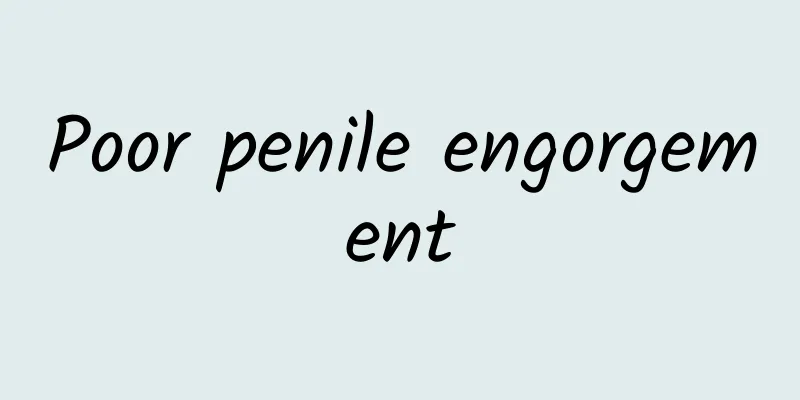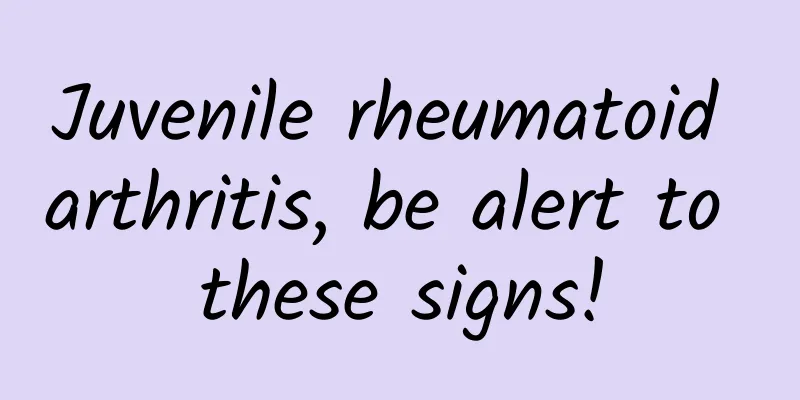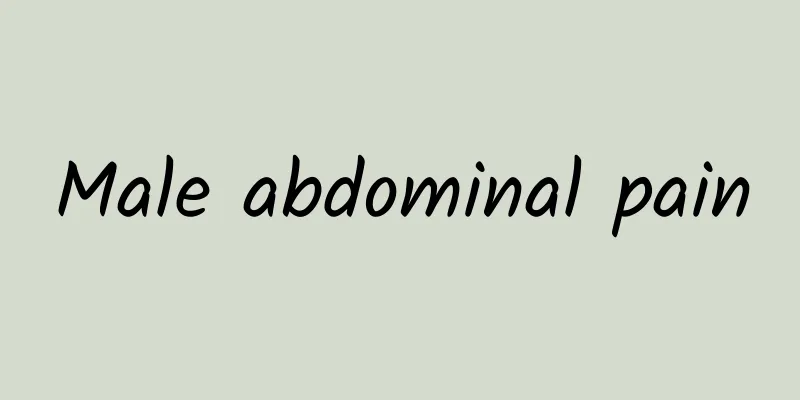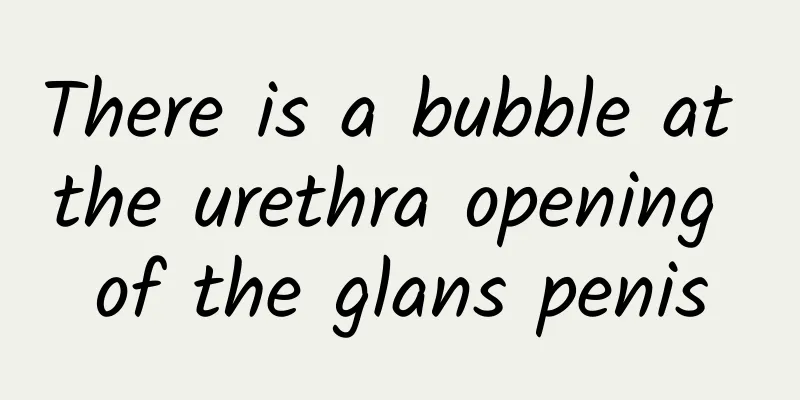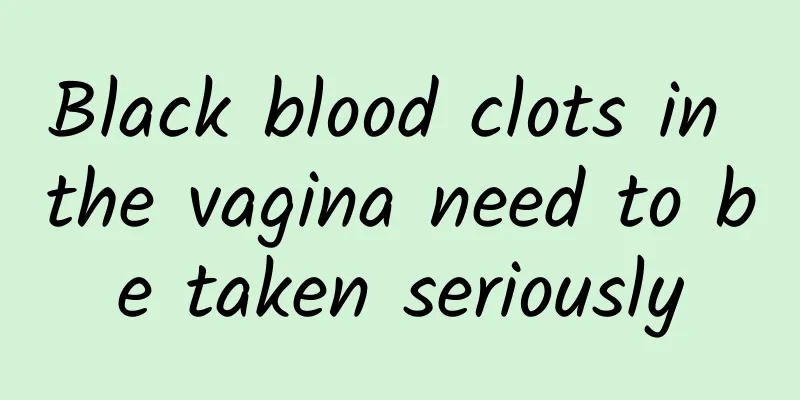Why does my right testicle hurt?

|
Men often talk about testicular pain, which actually refers to testicular pain. Men who have experienced testicular pain know that this kind of pain can be very uncomfortable, and sometimes it can cause pain in the surrounding areas. In most cases, the cause of testicular pain in men is very obvious, such as pain caused by external factors. In addition, men's testicles can develop many diseases such as orchitis. Patients should focus on the following causes. Why does my right testicle hurt? Normally, the testicles will not be painful. If the testicles are painful, it means that the testicles are sick and need to be checked and treated in time. The following are: Orchitis Orchitis is a common cause of testicular pain. There are many causes of orchitis. For example, patients with mumps may suffer from orchitis, testicular pain and swelling. Gonorrhea is the most common sexually transmitted disease. In severe cases, it can cause orchitis, testicular pain and swelling. Chronic prostatitis can also cause testicular pain, which manifests as unilateral pain, mostly dull pain or pulling pain, which is persistent. Microscopic examination of prostatic fluid can reveal a large number of white blood cells. Most patients are young and strong, and it is rare in the elderly. Testicular torsion Testicular torsion is one of the common acute diseases in the scrotum. It can occur in newborns to 70-year-olds, and 65% occur in 12-19 years old. Generally, there is vigorous activity a few hours before the onset of the disease, or the testicles have been subjected to external force. Sudden severe testicular pain during sleep or quiet time is the first symptom of this disease and one of its main diagnostic bases. Some patients are accompanied by nausea and vomiting, scrotal swelling, and obvious tenderness. For patients who suspect or cannot rule out testicular torsion, surgical exploration and reduction and fixation should be performed as soon as possible to save the testicles and protect spermatogenesis. It is generally believed that the testicular rescue rate can reach 80% for those who undergo testicular torsion within 6 hours, but only 20% for those who undergo treatment after 24 hours. Even if the testicle can be preserved, the function of the affected testicle is often damaged. Testicular injury The testicles are more mobile in the scrotum and are protected by a tough white membrane, so the chance of closure injury is relatively small. Testicular injuries are mostly related to violence, car accidents, etc. After injury, the testicles are severely painful, nausea, vomiting, and even fainting or shock. During physical examination, there are swollen testicles, unclear contours or scrotal congestion, and obvious tenderness. B-ultrasound and CT are not only helpful for the diagnosis of this disease, but also can clarify the location and range of testicular injury. The treatment principle of testicular injury is first sedation, analgesia, and anti-shock. Secondly, the degree of testicular injury is judged according to the physical examination, B-ultrasound or CT findings and the measured testosterone, LH, and FSH values, so as to take different treatment measures. Minor injuries can be treated conservatively, and severe ones should be surgically explored within 24 hours. For those with low sex hormone levels after testicular trauma, male hormone supplementation or allogeneic testicular transplantation can be used to maintain their male characteristics and improve their sexual function. Testicular ischemic pain Ischemic testicular pain is more common in the elderly. The pain is more severe, aggravated by activity, and relieved by rest. Prostatic fluid microscopy is normal. It is often caused by sclerosis of the testicular artery, which leads to stenosis of the artery. Testicular artery atherosclerosis is often a local manifestation of systemic vascular disease. It is mostly unilateral and more common on the left side than on the right side. The main basis for diagnosis of this disease is: (1) age; (2) progressive aggravation of unilateral testicular pain; (3) color Doppler showing insufficient blood supply to the affected testis. There is no effective treatment method yet. Vasodilators, enteric aspirin and calcium channel blockers can be used. For patients with severe pain and who are ineffective with the above treatments, orchiectomy on the affected side can be considered. |
<<: How to increase the length of the penis
>>: What should boys do if they have thick lips?
Recommend
White particles on the testicles
The scrotum is very prone to some skin diseases u...
What are the methods for treating psychological impotence?
Impotence is a common disease among men. This dis...
How to make cola ginger soup and its effects
Ginger is the main ingredient in cola ginger soup...
Can men with chromosomal abnormalities be fertile?
Chromosomal abnormalities are very common in norm...
What exactly is going on when men have testicular pain?
We all know that gender differences exist because...
Does the pillow affect the erection? Here are 5 sexual problems caused by sleeping.
Sleep is not only closely related to health, but ...
Who controls the erection of a man's penis?
We rarely have an in-depth understanding of the r...
What causes small bumps on the edge of the glans?
Many young friends have small bumps on the edge o...
What to eat for wet testicles? These foods are essential
Testicular moistening is a very common male disea...
If your testicles hurt after standing for a long time, be careful of a disease!
Male friends, if you experience testicular pain a...
Is yellow semen normal?
The issue of male semen is related to whether the...
Why does sperm taste bitter?
For male friends, the state of sperm actually det...
Can men's semen be used for beauty treatments?
Adult education movies from the island countries ...
Do you need to remove sunscreen? Most people do it wrong!
In the hot summer, sun protection is a topic that...
Are ani levator exercises good for the prostate?
People can do some pelvic floor exercises regular...
